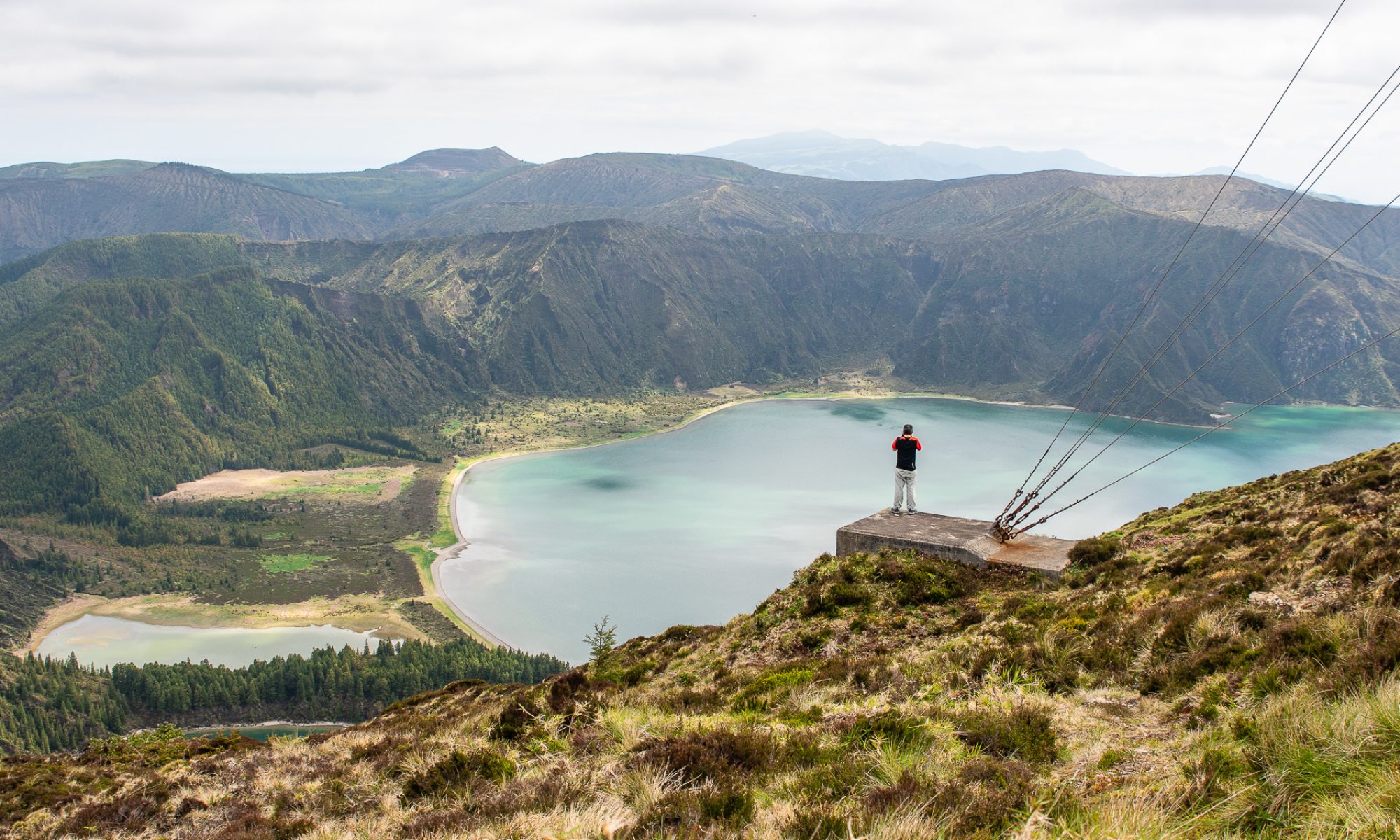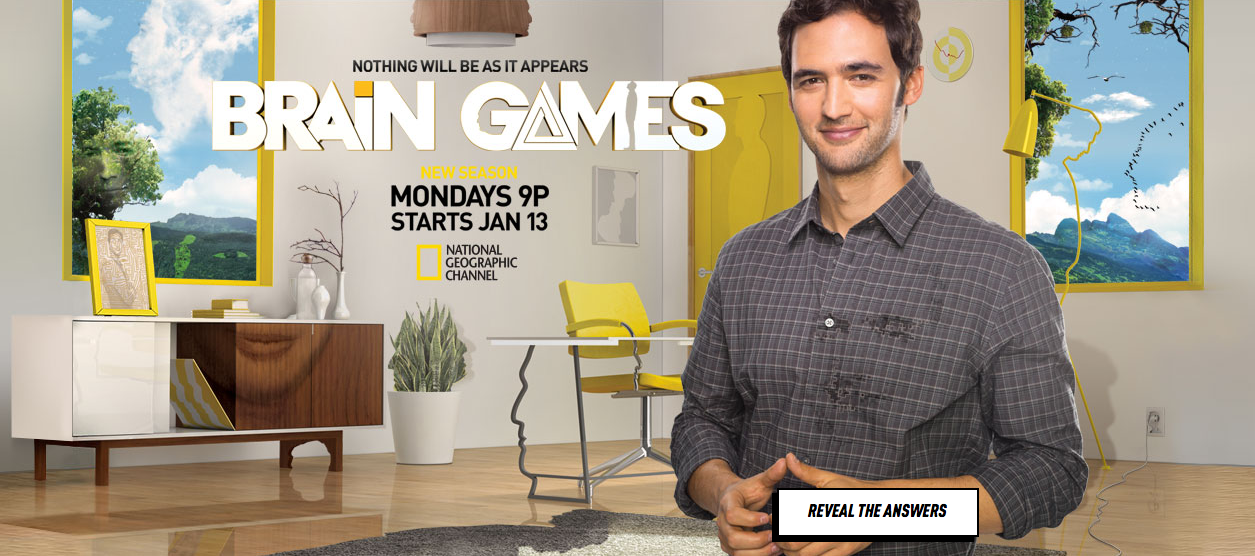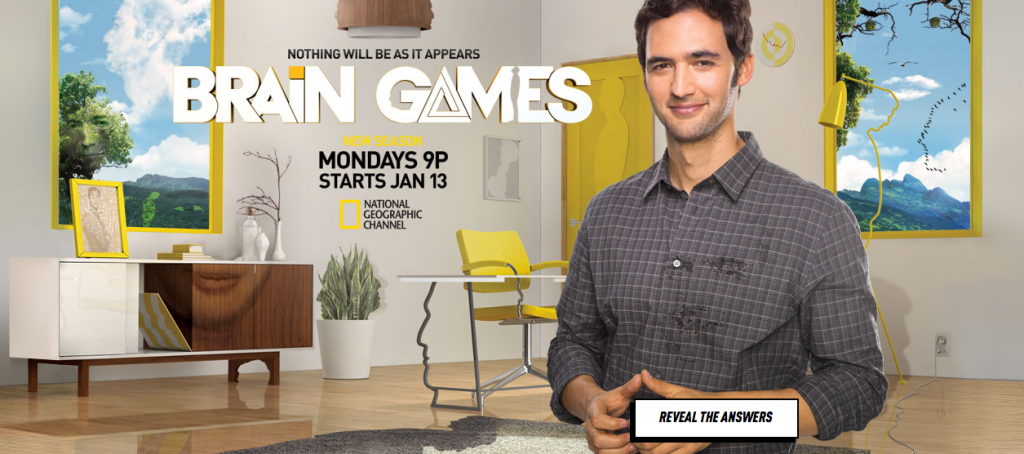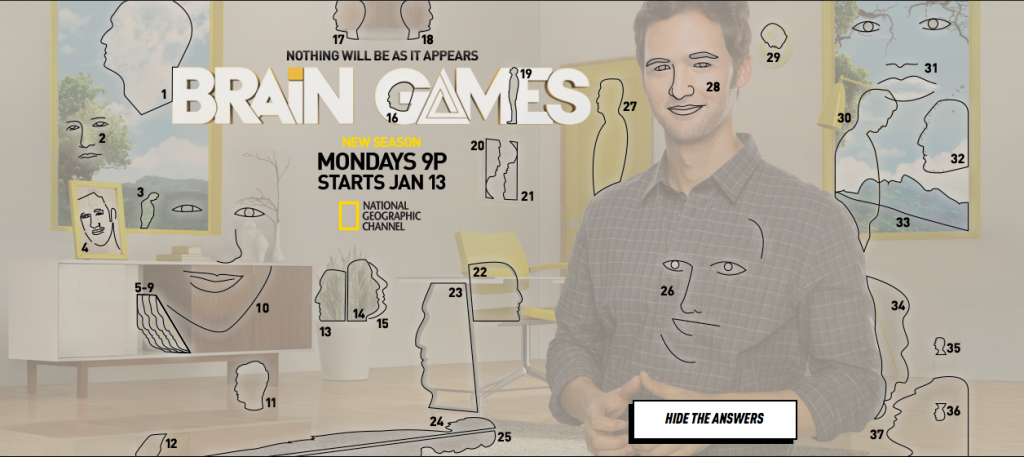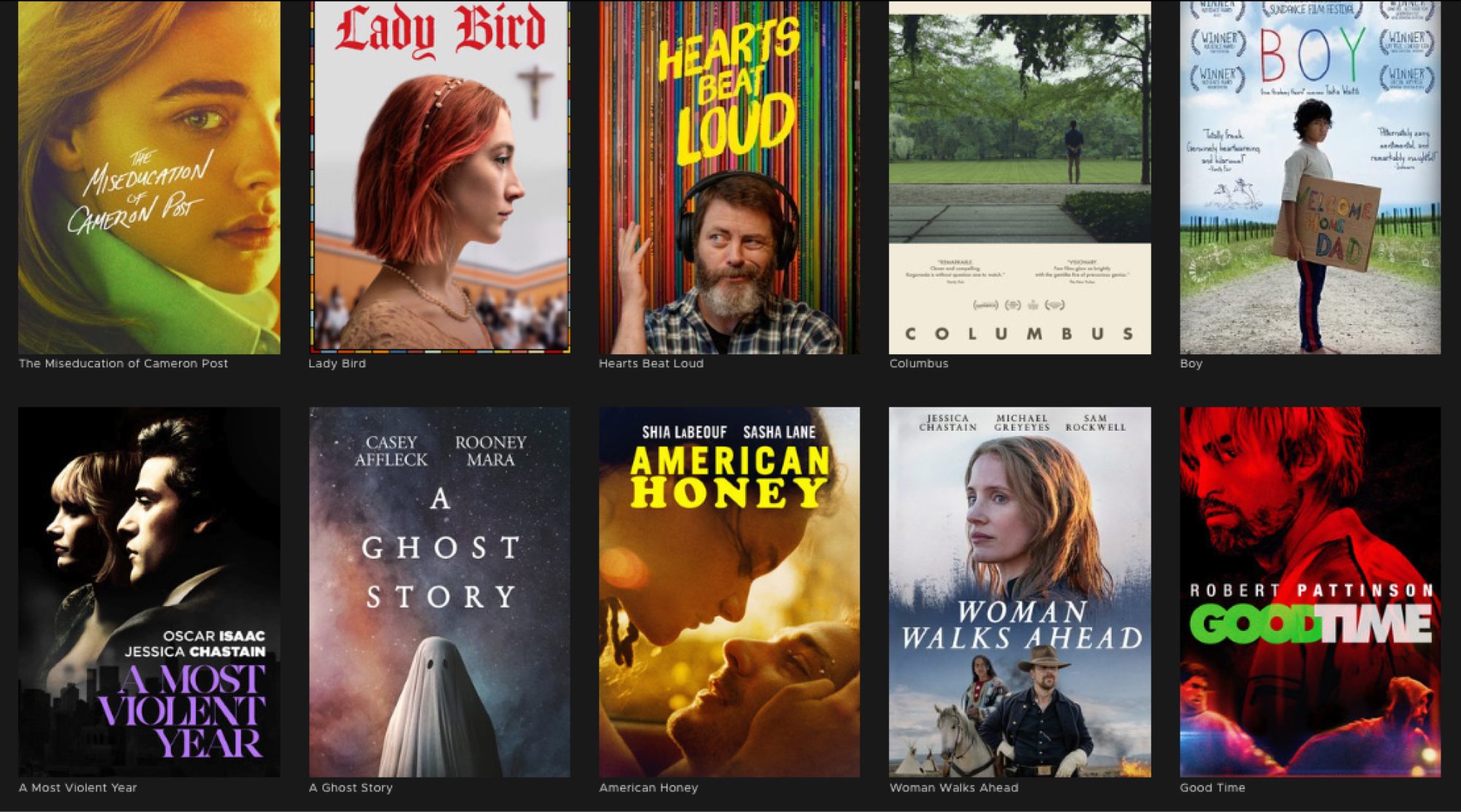When it comes to video length, a challenge is the tendency to equate “shorter with worse” simply because viewers aren’t used to ultra-short content (like 6-second videos) just yet. But that’s about to change, as lot of big brands with deep pockets have been exploring “six-second ads” including YouTube’s own marketing team.
According to YouTube’s marketing team “the key to success is to view the six-second time frame as a blank canvas rather than a limitation.” I like the sound of that.
Lots of Examples
All of the examples shown below have been produced for large corporations, with large budgets and most likely big crews. But the reason I believe this is relevant to small-crew and 1 -Person crew productions is because the applications are the same. Short-form videos may be a condensed version of longer stories, or they might be customized to reach specific audiences, for example YouTube vs. Instagram vs, LinkedIn.
Cool? Let’s move on. Other great examples are the Duracell bumper ad, the sequential story for Xbox, or the product lineup for La Mer.
Two different approaches
I believe the most interesting examples happen when brands approach the six-second ads as part of a larger campaign—when storytelling expands beyond the boundaries of one ad unit and spans multiple ads served to the same viewer over time. For instance, KFC used a six-second add to tease an UPCOMING 30-second commercial.
Conversely, Danone used the six-second video as a way to echo something a viewer had already seen in a PREVIOUS video.
More Examples
Similar campaigns by Estée Lauder, and SurveyMonkey are also meaty and memorable. According to SurveyMonkey “the 6-second time constraint was a great driver for creating a sense of energy while communicating the power of the tool simply. This was accomplished by effectively messaging the main components of our platform: creating surveys, collecting answers, and analyzing results.”
As I mentioned earlier, short-form ads an d videos may be a condensed version of a longer story, or they might customized to reach specific audiences through contextual targeting. Campbell’s Soup Company took the latter approach for its “SoupTube” campaign in Australia.
The Campbell’s Soup Approach
Here’s what Campbell’s did: To amplify a 15-second ad they created hundreds of variations of 6-second ads and ran them as additional media. Using some fancy audience targeting, Campbell’s delivered the contextually relevant 6-second ads to users by matching its product message with trending YouTube videos.
For example, users who searched for Pokémon Go were shown one ad/video where they were asked, “Legs hurt from walking around?”, while users searching the outcome of a specific soccer match saw a different version of the ad asking “Had your money on England?”
By building multiple 6-second stories that offered different facets of its message, Campbell’s proved that short-form ads can provide powerful touches to boost a longer story.
The Theory vs. Reality
Campbell’s original hypothesis was that the six-second version would “help drive upper funnel metrics like ad recall” and the thirty-second version would “build on that initial impact by telling a longer story to shift perception.” That’s pretty technical, but I get the concept.
What happened with that hypothesis? Glad you asked. The 6-second clips alone were LESS effective than the 30-sec videos to shift brand perception. But, and this is important, when the 6-second clip and 30-sec clip were paired through remarketing (essentially exposing people who had seen the long-form ad to a bumper as a follow-up) the 6-second clips were a great way to reinforce the 30-sec clips.
30-30-6
According to YouTube “the optimal media journey for a viewer is a 30-sec spot followed by another 30-sec spot, followed by a 6-second ad.”
Let’s say you just finished a travel video you would like to promote. It doesn’t hurt (and it doesn’t take that MUCH extra work either) to cut different 30-sec teasers and a few 6-second clips, and try to target specific audiences based on each platform. You could target groups that talk about that specific destination on Facebook, and travel companies on LinkedIn and travel enthusiasts on Instagram. Same travel video, slightly different marketing approaches targeting different people.
What do you think? Leave your comments below.
SOCIAL
YouTube: 1PersonCrew
Instagram: @1PersonCrew
- 1 Person Crew Video Productions – Online Course – The Cinematic Look
- 1 Person Crew Video Productions – Online Course – Up and Running
- 1PersonCrew Webinar with Benro – Turning Challenges into Opportunities.
- What the hell is HLG? And, do I need it?
- Gear: The Cinematic Look. Part 3 of 3.
